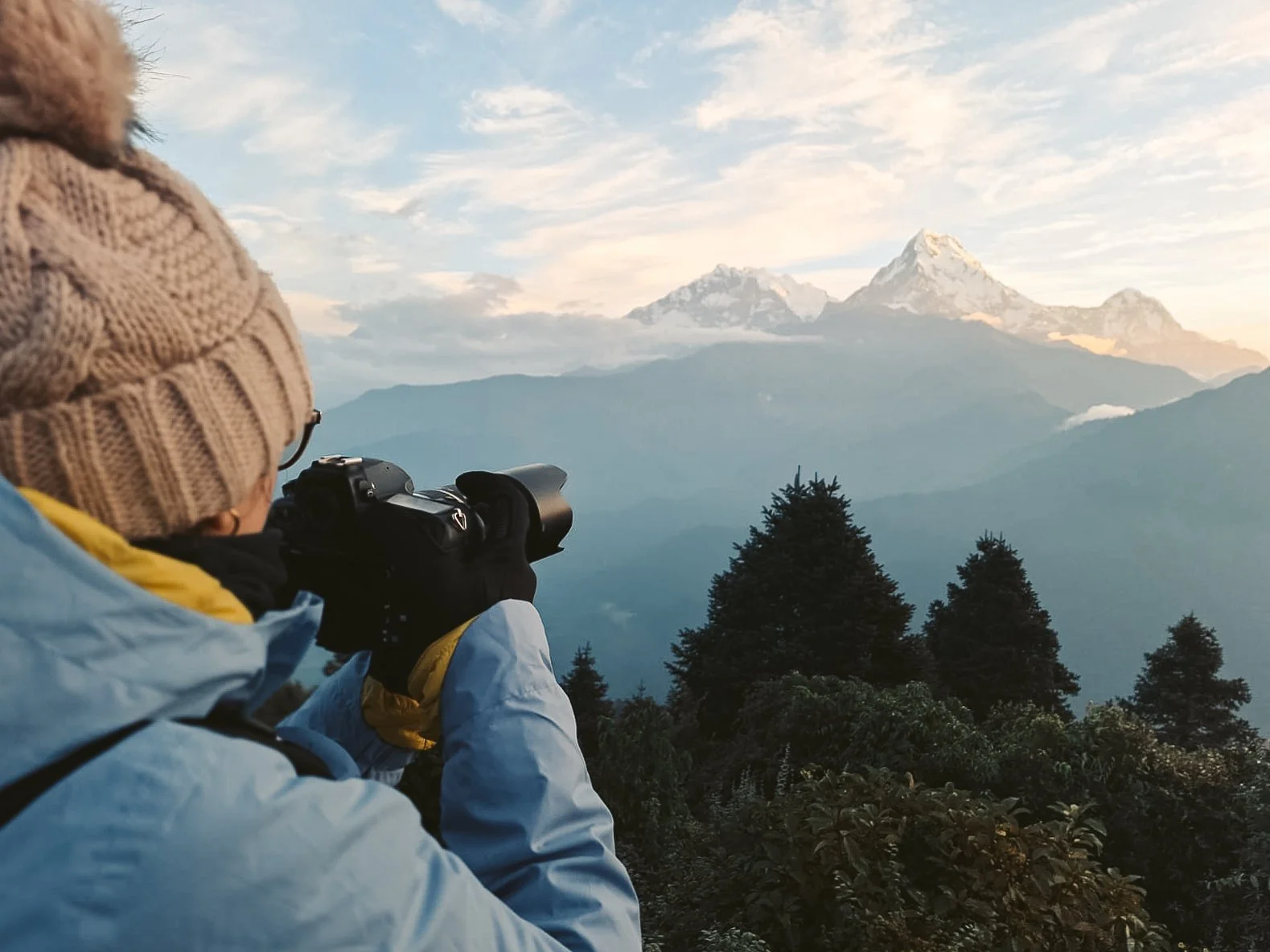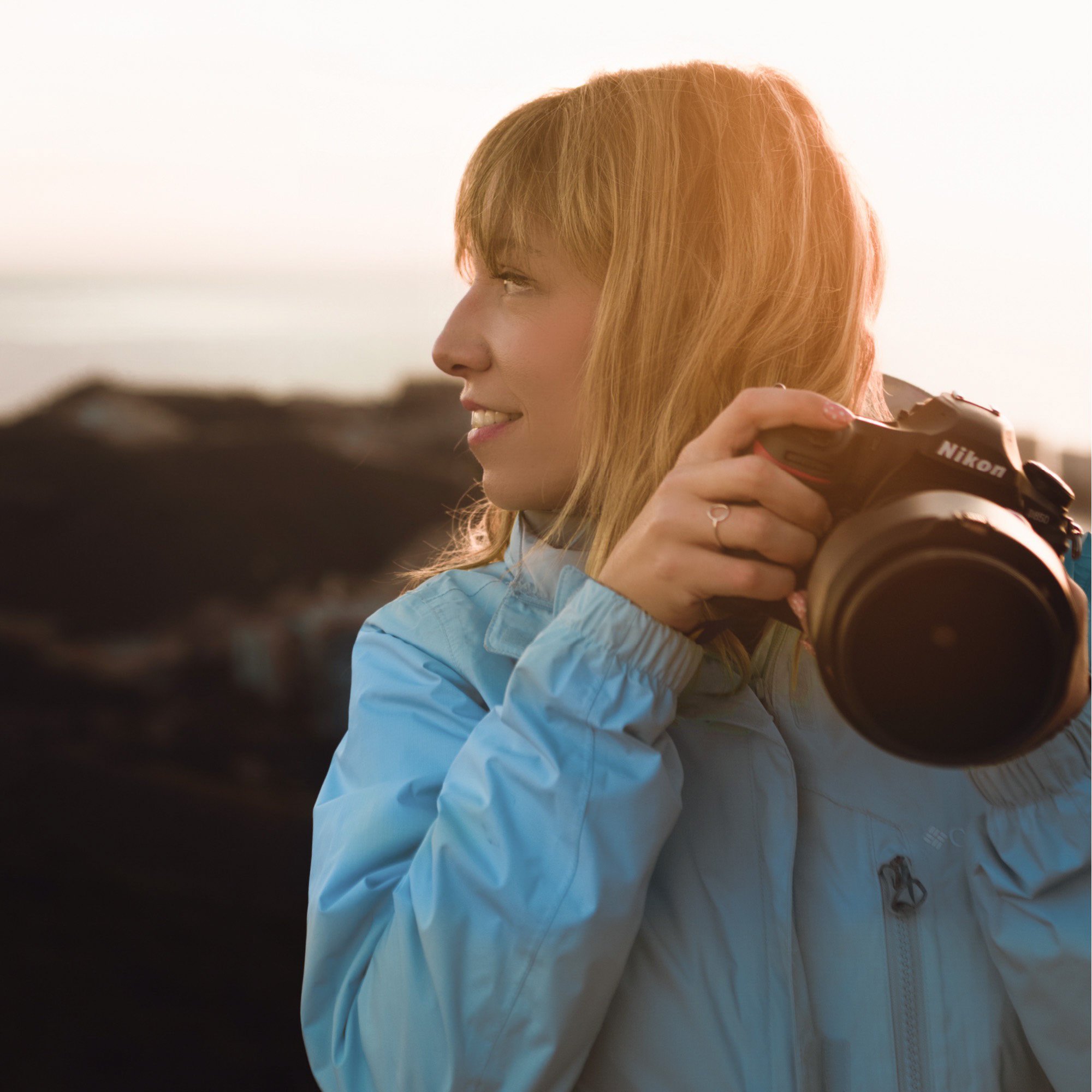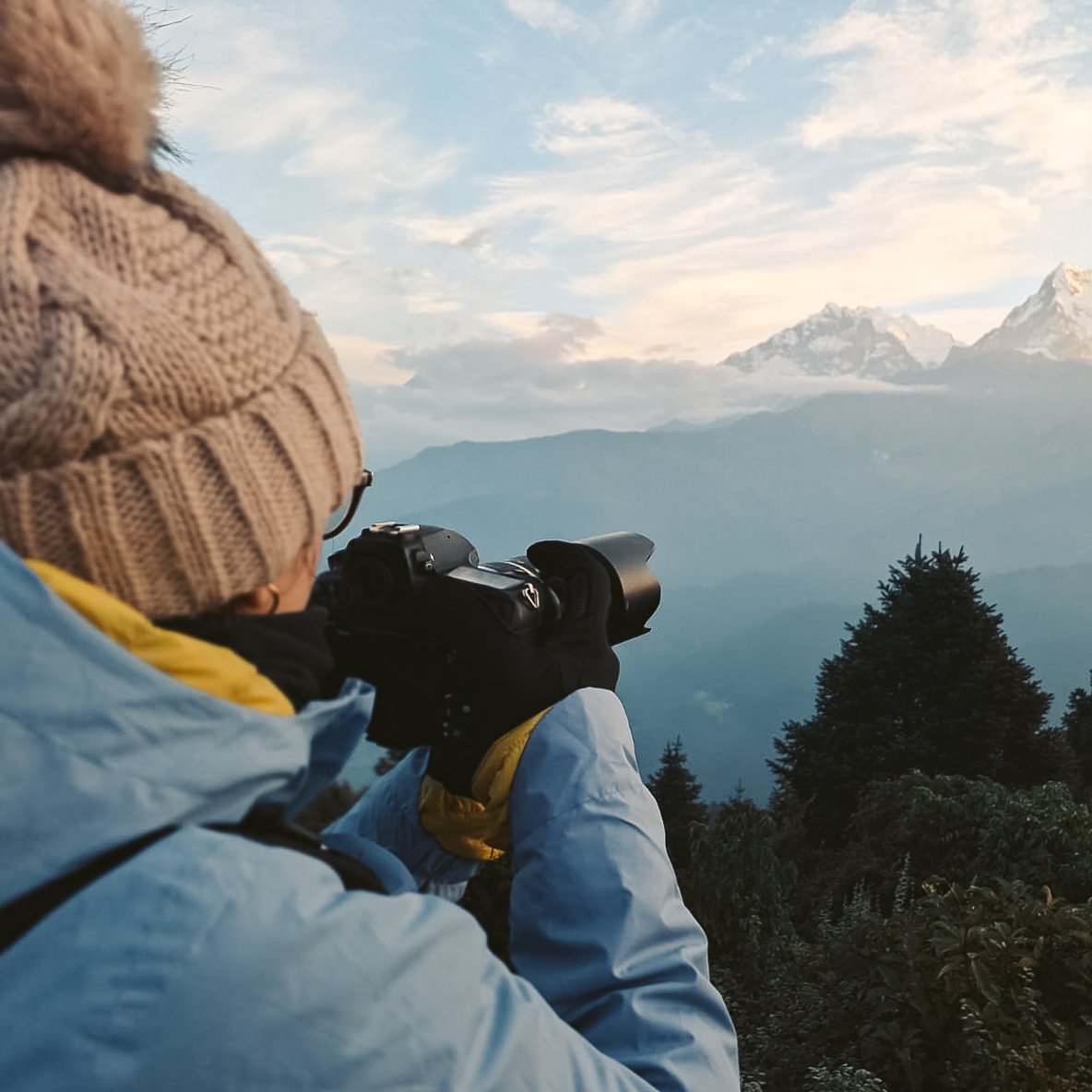HOW TO PROTECT YOUR CAMERA FROM LOW TEMPERATURES AND ENJOY THIS WINTER
With the arrival of the cold weather and the first snowfalls, you've probably already thought of some new subjects to photograph: snowy peaks, some shots at the ski resort, frozen lakes or, if you're one of the lucky ones travelling to northern Europe this season, northern lights. And the winter season is tremendously attractive for photography!
Captured while it was snowing - Vall d’Aran, January 2023- Temperature: -2ºC
Imagine that next week you wake up with the intention of going to the mountains to capture a snowy landscape. You dress warmly: gloves, hat, down jacket, warm socks and you grab your camera: "Wow, as warm as I am, is my equipment going to be damaged?" or "I read in the camera manual that it doesn't work below 0ºC".
Don't panic! Nothing will happen to your equipment if you know in advance what problems may arise and how to avoid them.
Regarding the operating temperature of the chamber: most of the equipment has a RECOMMENDED operating temperature of between 0 and 35ºC. This does not mean that they do not work below 0 or above 35, they do work, although going outside the ranges recommended by the manufacturers also means assuming that the body of the camera can give you some problems. To find out what they are and how to solve them, here are the most common ones:
Sunrise mission in Poon Hill (3210m) to photograph Annapurna South - Temperature: -4ºC
Batteries drain much more quickly.
It is completely normal that batteries, when subjected to cold temperatures, run down more quickly. This is something we can't avoid but we can minimise it by using the basic features of our camera when shooting such as using the viewfinder instead of live view, focusing manually instead of using autofocus and, of course, carrying some spare matter to make sure we don't run out of charge during our photographic outing.
In addition, it is always advisable to carry the batteries (only the batteries, not the whole camera, which would be counterproductive because of what I will tell you in point 2) inside your coat attached to your body so that they are as warm as possible while you are not using them.
Protip: If for any reason you have to sleep in a mountain hut or somewhere without heating, I recommend that you always sleep with the batteries inside your jacket or sleeping bag to prevent them from discharging while you sleep.
Humidity (and thus condensation)
One of the issues that is perhaps not very intuitive for us is that of humidity. When we are in a cold place we want to get warm as soon as possible and we don't hesitate to go into any room and get close to the fireplace immediately. Be careful if you take your camera with you because sudden changes in temperature can be fatal for your equipment (yes, you can lose your camera in the most extreme cases). Such sudden changes in temperature can cause condensation to form on your camera causing the lens to fog up or, if the equipment is not properly sealed against the elements, to penetrate into the camera and corrode the electronics.
How do we solve this? Let your camera adapt to the temperature progressively. For example, if you enter a mountain lodge and the temperature contrast is very high, leave your camera backpack in the "hall" for 30 minutes to allow an intermediate step between the cold outside and the warmth inside. Carrying silica bags in the camera backpack will also help to absorb the humidity and I say help because the most effective way is to make the temperature change progressively to avoid this condensation.
Because of these sudden changes in temperature and humidity, it is not a good idea to put your camera close to your body in a warm place because the heat we give off is humid and you would be encouraging condensation.
Protip: Before you buy a new camera, make sure it is sealed against the elements. This is one of the features that will help you the most when shooting in extreme climates: cold, humidity, rain, dust... etc. Obviously cameras with this feature come at a higher price. A "home-made" solution if your camera is not sealed could be to carry it in an airtight waterproof bag or to make a case with one of these waterproof bags.
Lens freeze-up
When I say freezing of the lens, I don't just mean visually seeing the lens frozen like an ice cube, which is also true, but to be aware that if the lens is not sealed, moisture can get inside it and freeze, causing problems when turning the rings to change the focal length on zoom lenses. Be careful if you start to notice that the rings start to rotate less smoothly than usual: this is a symptom of freezing. The best thing to do? Don't force the rings and put your equipment back in the bag. You can cover the pack with a jacket, scarf or blanket to try and raise the temperature of the gear with dry heat (you know, to avoid the condensation we talked about in the previous point).
If your budget allows, there are lens warmers that act as a cover that provides dry heat to the lens while you have it outside to prevent these problems from arising.
Protip: Gel hand warmers are also a good option to provide dry heat to your lens if you start to notice signs of frostbite.
Autofocus slows down
If the batteries are not supplying enough power to the camera it is possible that the focus motor will start to fail. My recommendation is that you don't try to re-focus constantly as it is better not to force it. You can switch the focus from automatic to manual and apply the above tips to warm up the camera and batteries.
This failure usually disappears as soon as the camera is back within the recommended operating temperatures indicated by the manufacturers in the manuals.
The camera does not respond or does not switch on at all.
This would be the worst situation and also the most unlikely. If this happens to you, I am sorry to say that the only way to "revive" it is to warm it up (remember: dry heat) and preferably in a warm place where it will not be subjected to extreme temperatures on the same day.
Once it returns to the recommended operating temperature range, it should start up normally again. If this is not the case, I recommend that you take it to the technical service without looking for "miracle solutions" as it is possible that for some reason moisture has condensed inside it and here up to 5 minutes can be decisive when it comes to repairing it. If the humidity has condensed inside and we do not pay attention to the symptoms, it is possible that fungus may form inside and the camera may become unusable.
By following all these precautions and being aware of the risks to which we expose our camera in extreme temperatures, you should not have any problems with the equipment and you will be able to enjoy a photographic day in the snow without incident.
AUTHOR:
MARA DE LA TORRE
Professional travel & commercial photographer. Content creator spesialised in storytelling.
Lover of nature and capturing it through the lenses.







